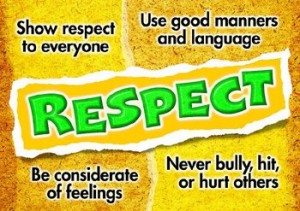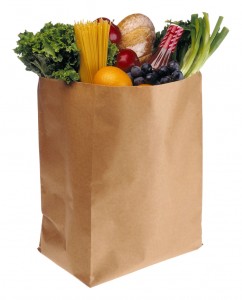 It’s less than 10 weeks until Christmas, something that seems to have come around way too quickly. It’s therefore worth making plans for any special programming or events you want to run during the holiday season, particularly if you haven’t started already.
It’s less than 10 weeks until Christmas, something that seems to have come around way too quickly. It’s therefore worth making plans for any special programming or events you want to run during the holiday season, particularly if you haven’t started already.
Instead of being the sole person deciding on what activities you do at Christmas, why not involve your young people – this can help your young people in making informed decisions, encourages youth participation and helps them gain important life skills.
To help get you started, here are a few suggestions on how you can get your young people involved:
1. Fundraising
Christmas is a great time to organize a youth group fundraiser, so here a few ideas for how to do this:
- Selling pre-prepared Christmas stockings
- Gift wrapping service
- Selling Entertainment books
- Organize a Teddy Bear fundraiser
- Recycle cellphones (organize post-December 25 as many people will get a new one for Christmas)
- Selling Krispy Kreme donuts (seeing as we all like to eat junk at Christmas!)
Involve your young people in deciding what type of fundraiser to organize, how to plan it, when and where to do it, its promotion, etc.
2. Partying
Organize a Christmas party, but one that’s planned by the young people themselves. You could put them in charge of:
- Food
- Drink
- Music
- Activities (such as a Christmas scavenger hunt)
- Decorating
- Promoting
Make sure they’re also included in the less fun parts too, like the cleaning up after!
3. Volunteering
Christmas can be a miserable time for many people, whether that’s due to poverty, loneliness or some other factor. Encourage your young people to get involved in the local community and to make a positive change in the lives of others – they’ll find that they’re the ones who benefit the most.
4. Planning
Once Christmas is over, it’ll soon be the New Year. Depending on how far out you’ve already planned, the weeks leading up to Christmas could be a great opportunity to discuss with your young people what issues they’re currently facing.
The answers you receive can then help guide your programming for the forthcoming year, ensuring that the topics you cover will have a true resonance with your youth.
Question: How do you involve your youth when preparing for Christmas? Share your ideas in the comments below.
You can also connect with us by:
- Signing up to receive our posts via email
- Following us on Twitter
- Liking us on Facebook
- Signing up to our RSS feed
 Goal setting for teenagers is an important
Goal setting for teenagers is an important 
 On October 6, 2011 (
On October 6, 2011 (